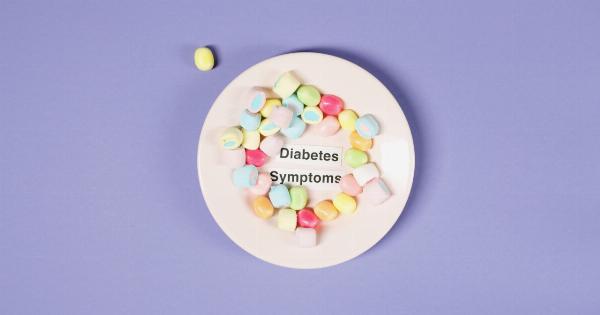Myocardial infarction, commonly known as a heart attack, can be a life-changing event for many people.
While surviving a heart attack is a significant accomplishment, it is critical to understand the importance of following a healthy lifestyle to prevent future cardiovascular events. One of the pillars of a healthy lifestyle is regular physical activity, and this article will discuss the benefits of exercise after myocardial infarction.
Improves Cardiac Function
Exercise has been shown to improve cardiac function in people who have experienced myocardial infarction. Regular physical activity helps to strengthen the heart muscle, which helps it to function more efficiently and effectively.
Exercising also helps to reduce the workload on the heart by improving blood flow and oxygen delivery to the heart muscle. This, in turn, reduces the risk of future cardiac events.
Helps Manage Risk Factors
Regular exercise after myocardial infarction can also help manage several risk factors associated with cardiovascular disease. These factors include high blood pressure, high cholesterol, obesity, and type 2 diabetes.
Exercise has been shown to lower blood pressure and improve lipid profiles, which can reduce the risk of future cardiovascular events. Additionally, regular physical activity can help manage weight and improve insulin sensitivity, which can help control blood sugar levels in people with diabetes.
Reduces Inflammation
Inflammation is a natural response to injury, including injury to the heart muscle during a heart attack. However, chronic inflammation has been linked to the development of cardiovascular disease.
Regular exercise has been shown to reduce inflammation in the body, which can help reduce the risk of future cardiovascular events. The anti-inflammatory effects of exercise are thought to be due to a reduction in adipose tissue mass, which can produce pro-inflammatory cytokines.
Improves Mood and Quality of Life
Exercising after myocardial infarction can also have positive effects on mental health and overall quality of life.
Depression and anxiety are common in people who have experienced a heart attack, and regular physical activity has been shown to improve mood and reduce symptoms of depression and anxiety. Additionally, exercise can increase self-esteem, improve sleep quality, and reduce stress, all of which can contribute to an improved quality of life.
Reduces Mortality
Perhaps the most critical benefit of exercise after myocardial infarction is a reduction in mortality.
Several studies have demonstrated that regular exercise after a heart attack can reduce the risk of future cardiac events and improve overall survival rates. Additionally, exercise has been shown to reduce the risk of other chronic diseases such as cancer, diabetes, and respiratory disease, which can also contribute to increased mortality rates.
Safety Considerations
While exercise is generally safe and beneficial for people who have experienced myocardial infarction, there are some safety considerations to keep in mind. People should always consult with their healthcare provider before starting an exercise program.
Depending on the severity of the heart attack, some people may need to participate in a medically supervised exercise program. Additionally, people should be aware of warning signs such as chest pain, dizziness, and shortness of breath, which may indicate a problem during exercise.
Conclusion
Exercise is an essential component of a healthy lifestyle, and it is particularly important for people who have experienced myocardial infarction.
Regular physical activity can improve cardiac function, help manage risk factors, reduce inflammation, improve mood and quality of life, and reduce mortality rates. However, people should always consult with their healthcare provider before starting an exercise program and be mindful of warning signs during exercise.





























